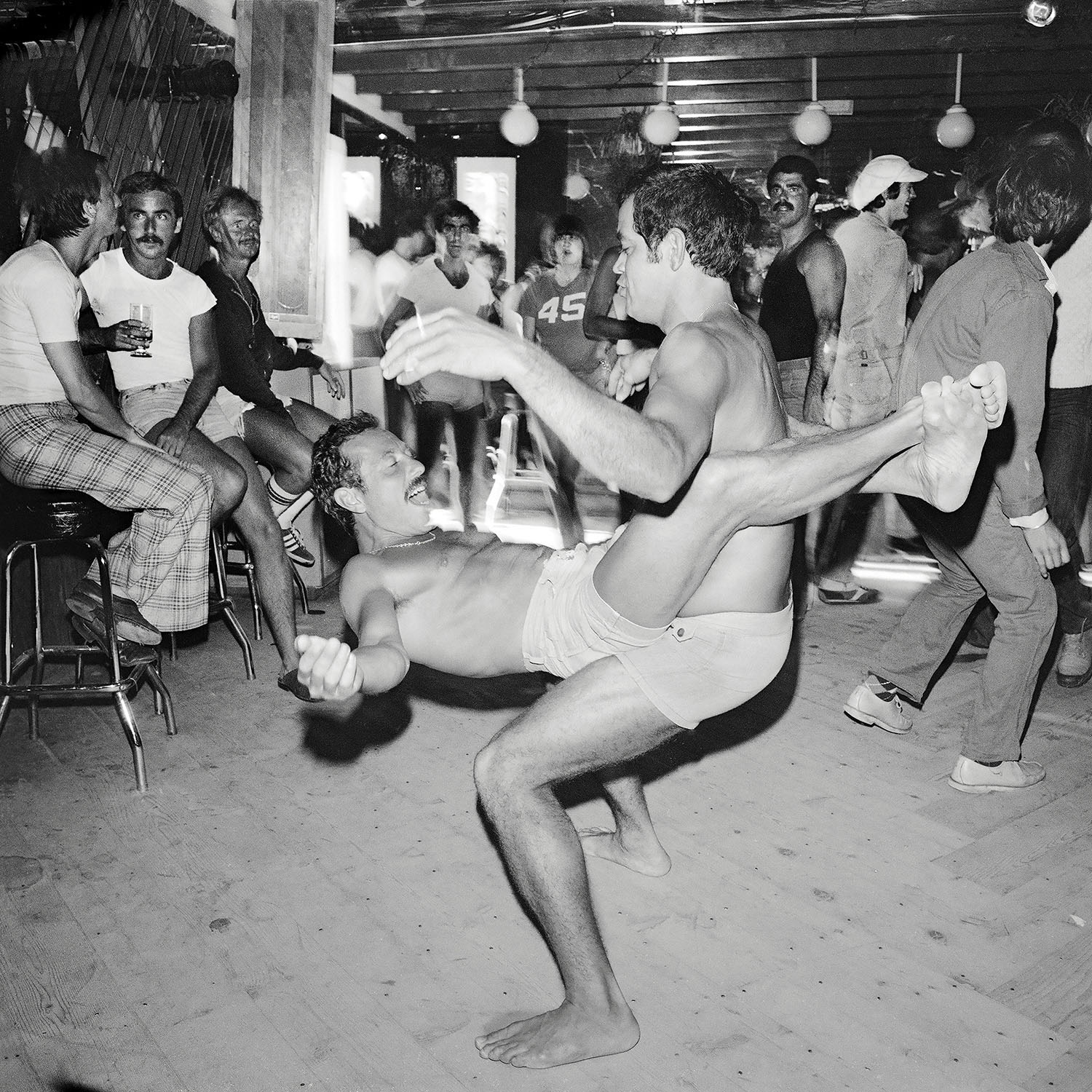By 1977, disco was climbing the charts, introducing the world to the soundtrack of the Gay Liberation Movement. As the Sexual Revolution blossomed into unbridled hedonistic bliss in the decade between the Stonewall Uprising and the AIDS crisis, a new generation embraced a new world of freedom, pleasure, and self-expression. In the nightclubs, Black, Latino, and Italian Americans in the LGBTQ scene fashioned a new sound to express their joy. Diva-driven vocals and orchestral melodies fused with syncopated basslines and four-on-the-four beats to create songs that could take you higher than a gram of cocaine.
Disco exploded across the United States that year as Rose Royce’s “Car Wash” rode the wave paved by a star-studded Black American film of the same name. By April, Thelma Houston topped the charts with “Don’t Leave Me This Way“, the very month Studio 54 opened its doors and elevated disco into the realms of art. College buddies turned business partners Steve Rubell and Ian Schrager transformed a former TV studio into a kaleidoscopic wonderland filled with artists, actors, musicians, fashion designers, models, street corner legends, and beautiful people of all stripes, who gave themselves over to the night.
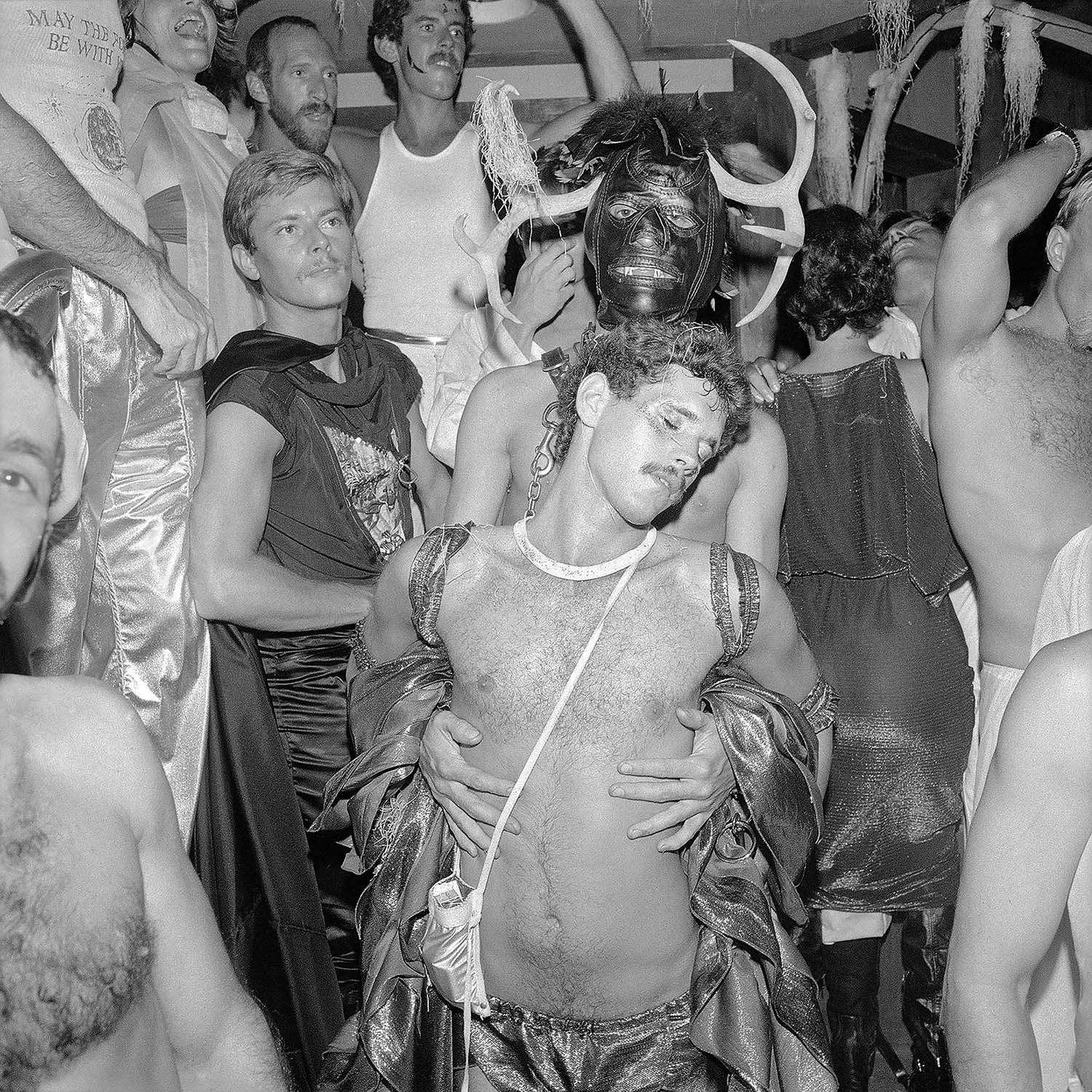
In the mix was a young artist named Meryl Meisler, then 25, who moved to Manhattan in the fall of 1975. She and her partner in crime, JudiJupiter, dubbed themselves “Neurotic Erotica” and played their roles to the hilt: Judi, the vivacious libertine and Meryl, the artist at work. Carrying her medium format camera and a couple of rolls of film everywhere she went, Meryl began chronicling the decadent disco scene with equal parts aplomb and abandon. Enthralled by the swirl of people of every race, ethnicity, gender, sexuality, and background imaginable, Meryl felt at home as a young lesbian embarking on the start of her life and her career.
Hailing from Massapequa, Long Island, Meryl grew up in a predominantly Jewish and Italian community and lived a sheltered life. Moving to New York opened her eyes to the world. “I met people of different ages and all kinds of lives: poets, writers, artists, intellectuals, people from all backgrounds, incomes, and ages just living life,” she says. “I found it thrilling, like this is where I belong. I carried my camera everywhere I went. It was a way of talking to people.”
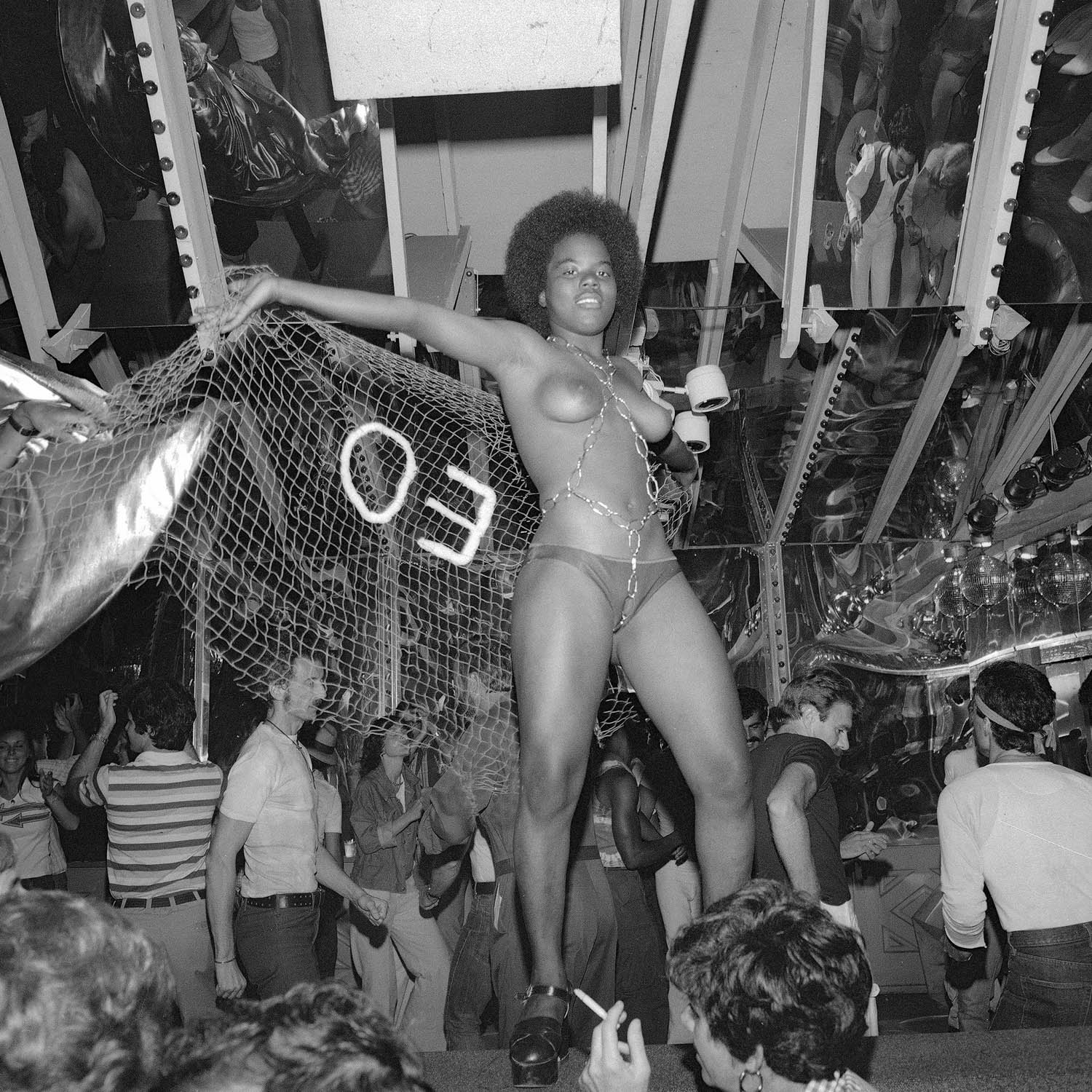
Meryl received her first invitation to a disco party from legendary photojournalist Bob Adelman, who invited her to the Coyote Hooker’s Ball on Valentine’s Day 1977. She was instantly hooked. “I was hanging out with people decades older than me, and I realised, ‘I want to do this!'” she says. “The clubs were outrageously accepting of people from everywhere. It was exciting visually, and it was a new sound. The DJs were stars, remixing songs on the spot, feeling and moving the crowd. And the people were very open. Rarely did anyone say no when I asked to photograph them. I gravitate to people who exude pride and like feeling great. It wasn’t conscious, but now I realise that’s what it’s always been about. I choose to capture happiness and joy.”
And so she did. In short order, Meryl was making connections she never could have dreamed of, one that even took her to Fire Island for her very first disco summer. Through a couple of friends, Meryl met a beautician named Barnett, who owned Salon 72 on Manhattan’s Upper West Side and had just broken up with his boyfriend. Needing company, Barnett invited Meryl to spend weekends that summer at The Survivor, his home in the heart of Cherry Grove, the legendary LGBTQ beach town on New York’s Fire Island.
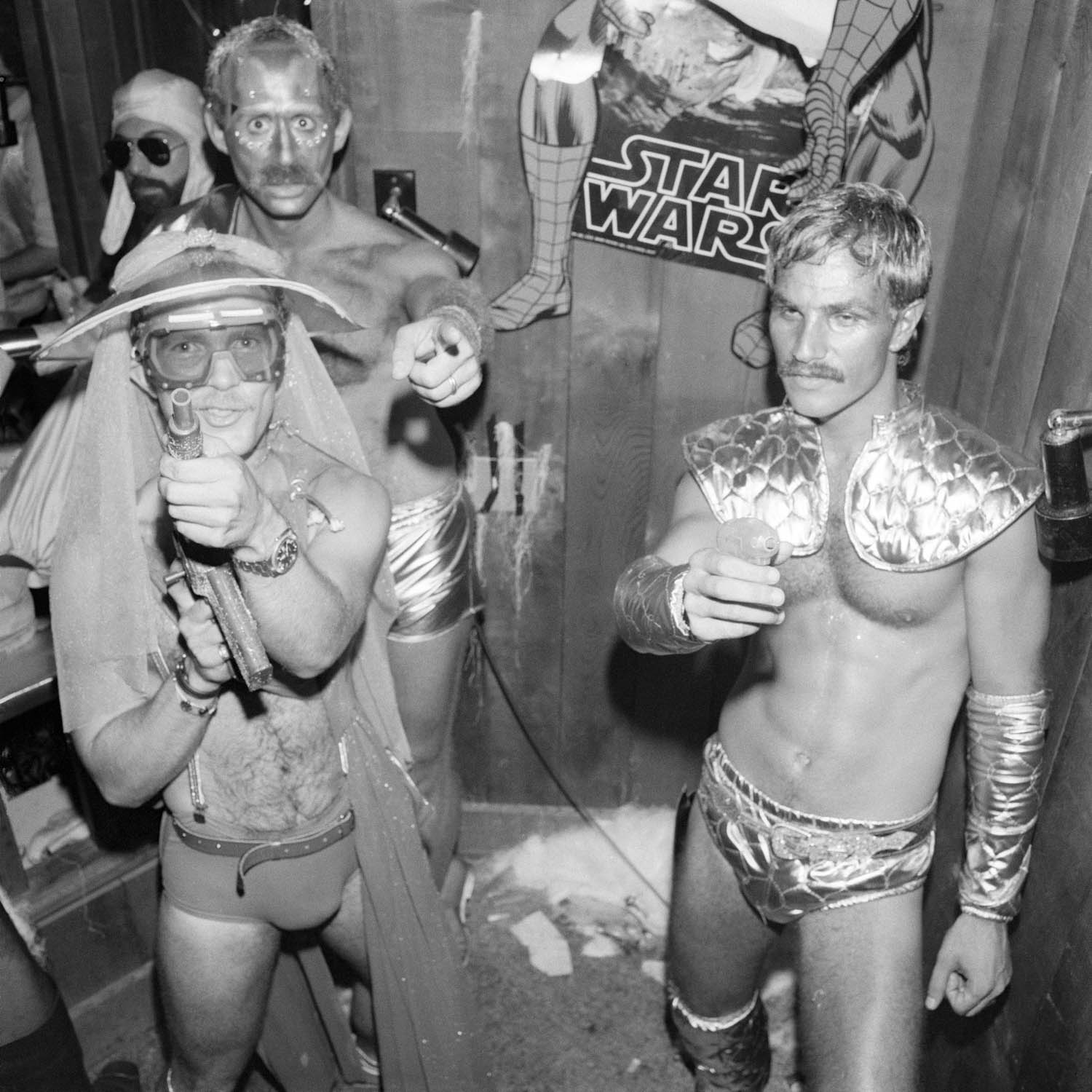
Meryl brought Judi along, and together the dynamic duo enjoyed fun-filled romps under on the beach and at the clubs, dancing the night away at Cherry Grove’s premier disco, the Ice Palace. Now, 45 years later, Meryl comes full circle with Souvenirs Fire Island 1970s, an exhibition of photographs she made during the summers of 1977 and 78, opening 9 July at the Ice Palace Resort on Fire Island. Many of the images on view are from Meryl’s books Purgatory & Paradise SASSY ’70s Suburbia & The City and New York PARADISE LOST Bushwick Era Disco, which she will be signing at the opening.
“There were two clubs in Cherry Grove, but the Ice Palace was the big one. You could hang out there day and night,” Meryl says. “It had a big dance floor and an outdoor bar next to the pool. You could walk a few feet to the ocean or anywhere else. It was open-air, very different from being in a Manhattan disco. The doors would be open, the air flowing, and the place was packed. It was predominantly gay, but straight people were welcome. Everyone was having fun and being friendly.”
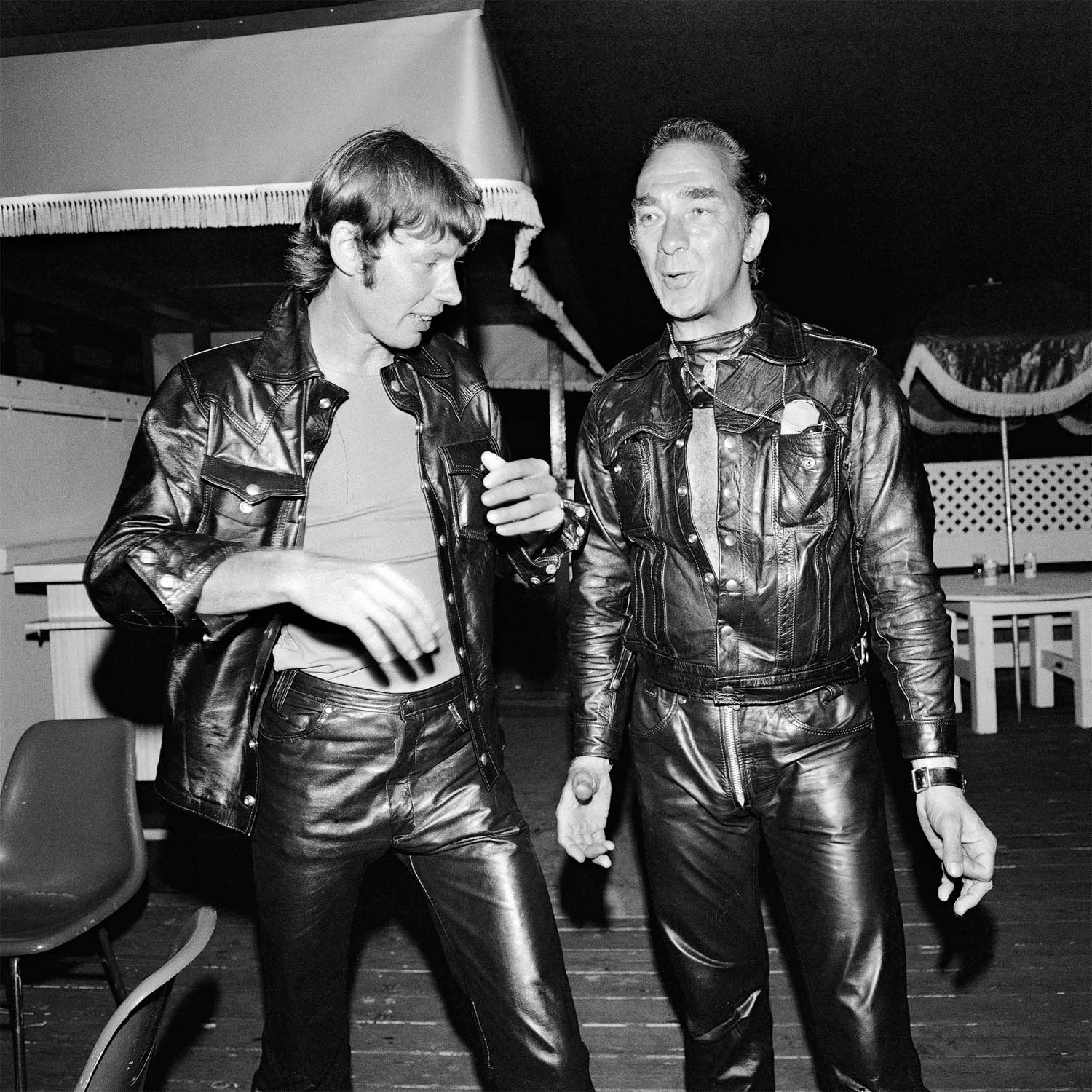
Whether hanging out on nude beaches, attending tea dances, partying at the nightclubs, enjoying the annual Miss Fire Island Pageant, or happening upon a Star Wars-themed house party, Meryl and Judi were living their best lives. “There was one magical moment that doesn’t show up on film,” Meryl recalls, waxing rhapsodically about a scene that stays with her after all these years. “One day, thousands of Monarch Butterflies migrated to Cherry Grove. The sky became dark as they descended onto the trees and the bushes. It was like being in a ticker-tape parade of butterflies. They would come to your hand and just be there. I couldn’t believe this happened. It was like nature knew and accepted everybody.”
This fantastical scene recalls an unexpectedly prescient memory from Meryl’s suburban youth. One summer, while attending Girl Scout camp, Meryl and the scouts spent a night out on the beach. “I remember the sand and the water, and the girls whispering about a place out in the ocean called Fire Island where there are naked fairies that live in little houses with names like Shirley Temple,” she says. “And so with all my might, I was desperately trying to find the fairies, but I saw nothing. That was the summer Marilyn Monroe died, and it was like I spent the next 15 years trying to find the fairies only to realise: here I was.”
‘Souvenirs Fire Island 1970s: The Photography of Meryl Meisler‘, presented by Fire Island Pines Historical Preservation Society, is on view 9 July–10 September 2022, at Ice Palace Resort in Cherry Grove, Fire Island, New York.


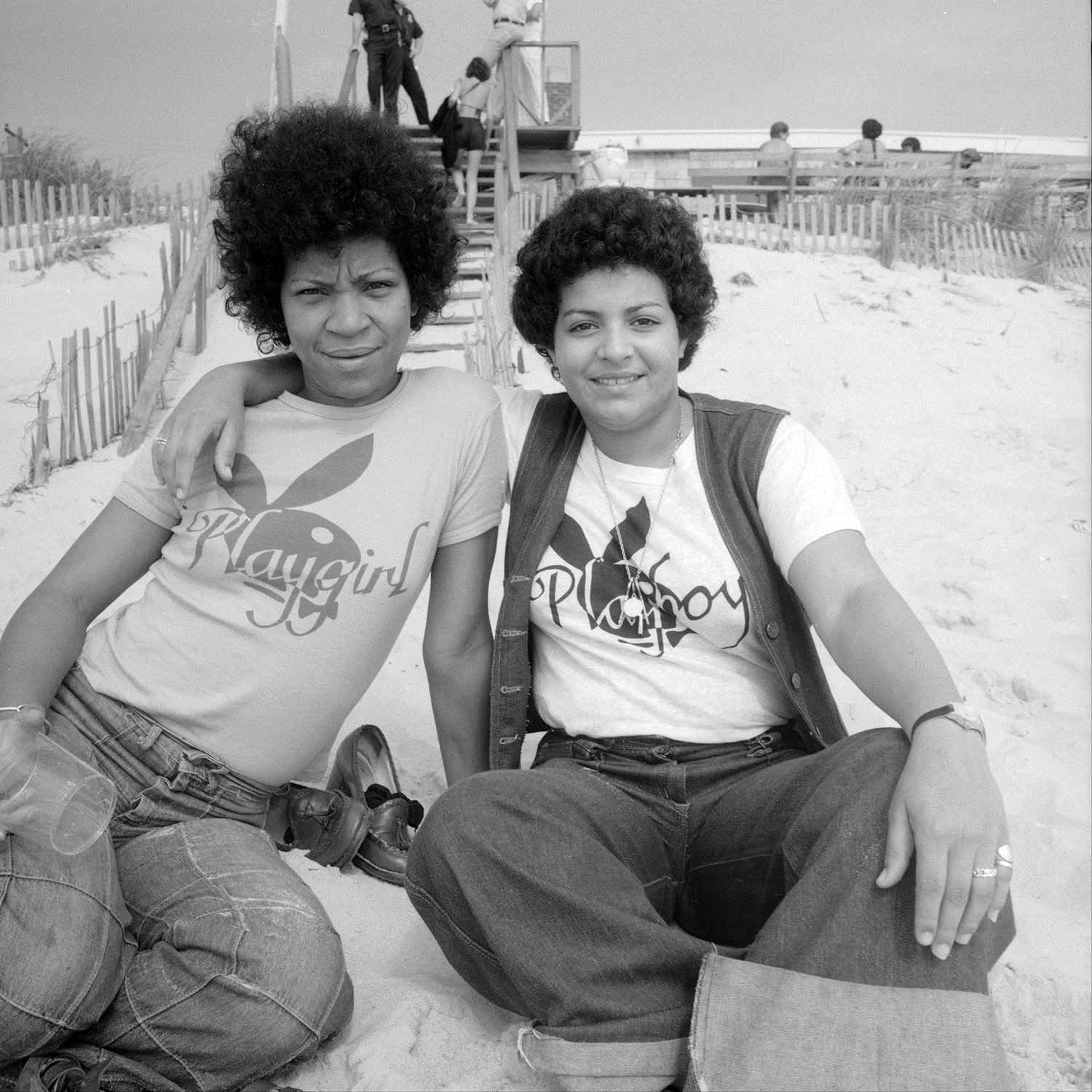
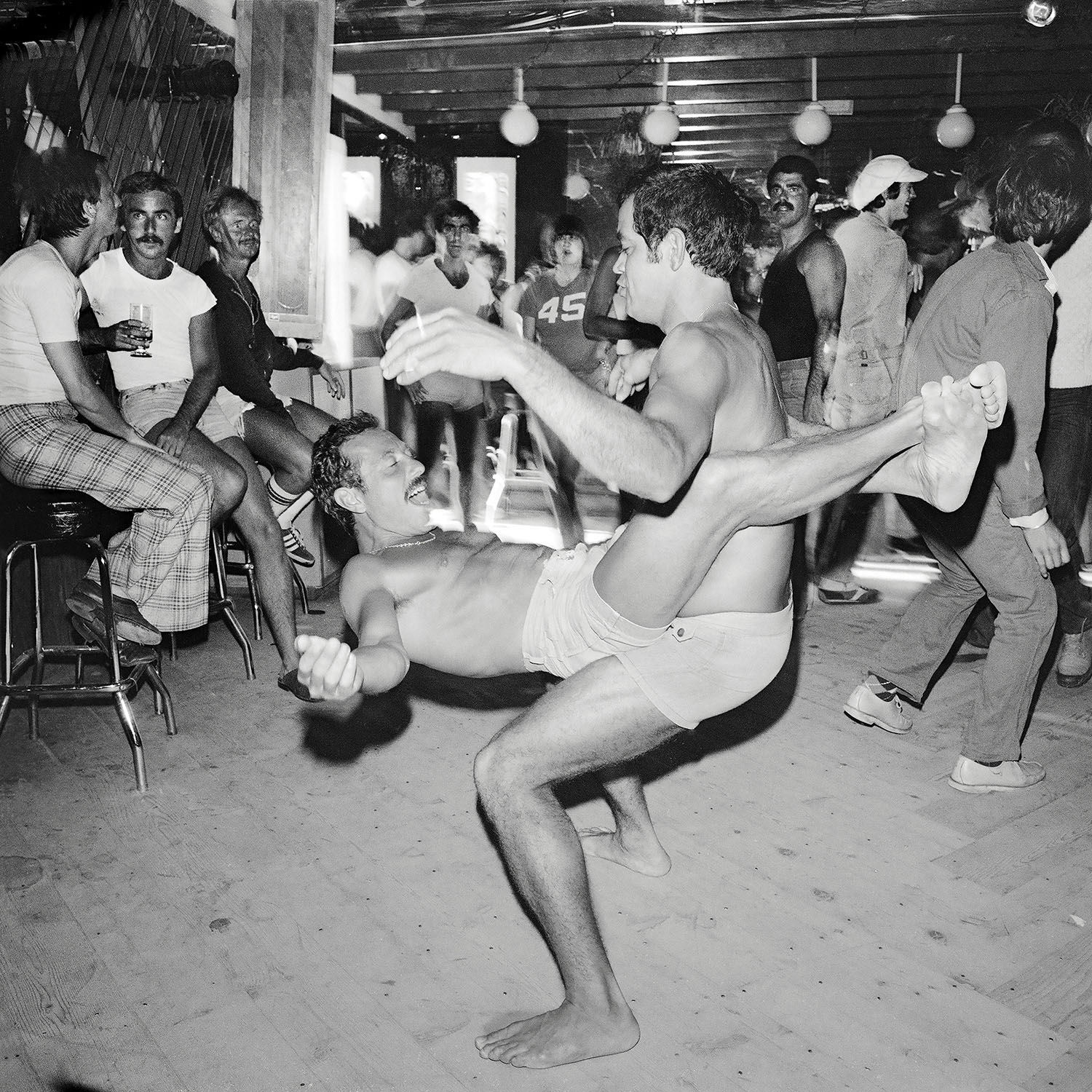
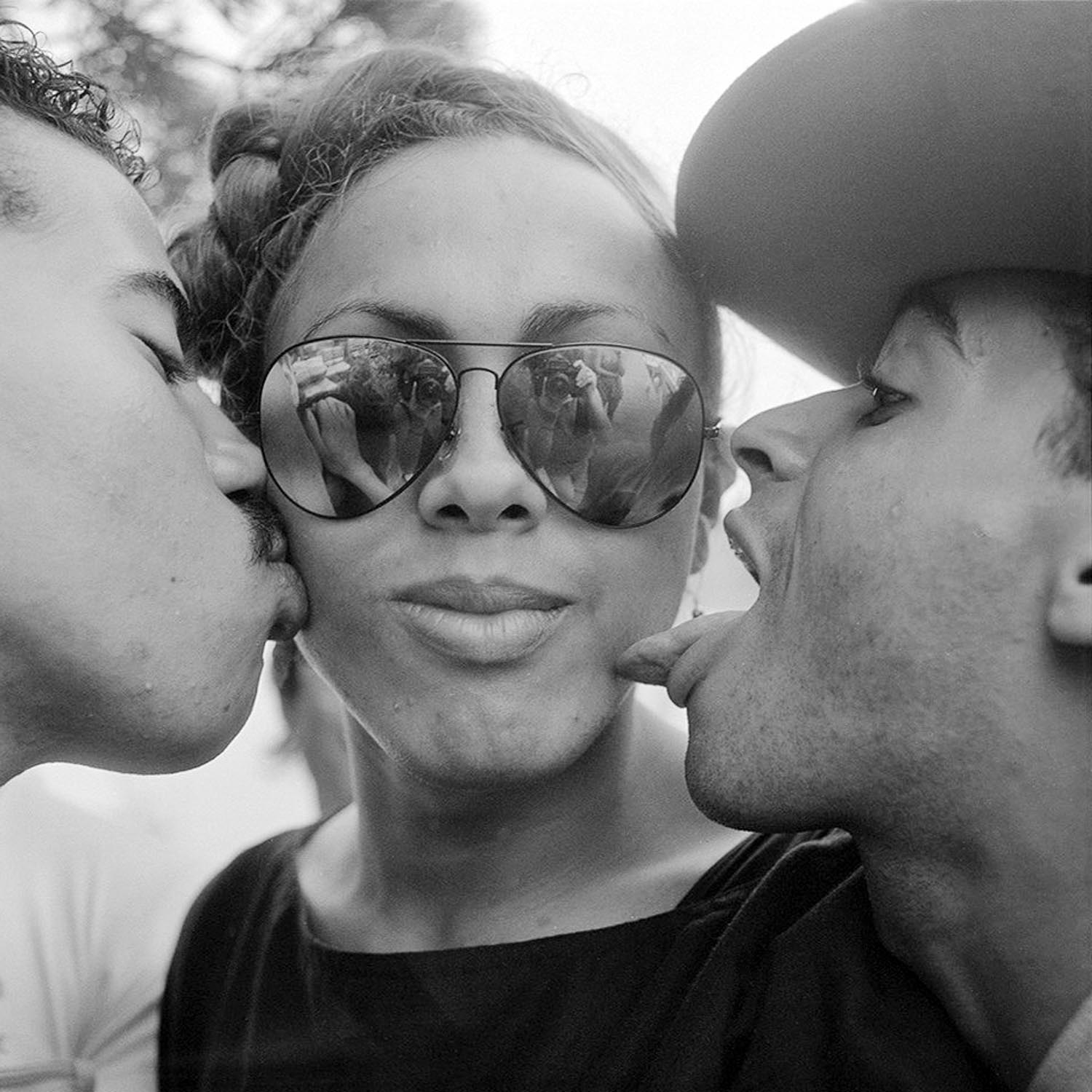
Credits
All photography Meryl Meisler, courtesy of ClampArt
